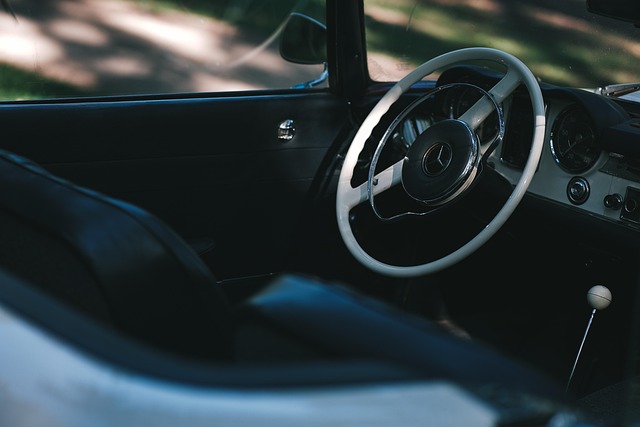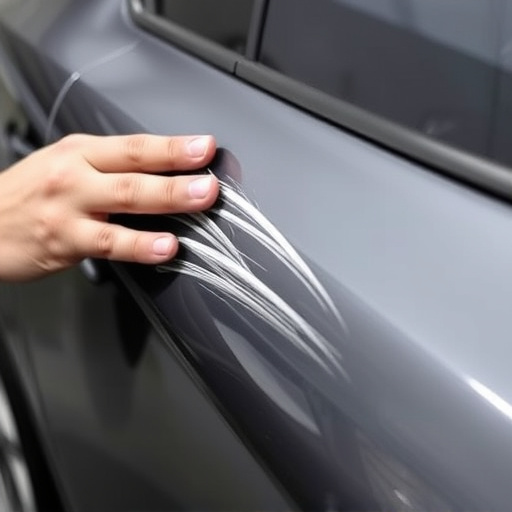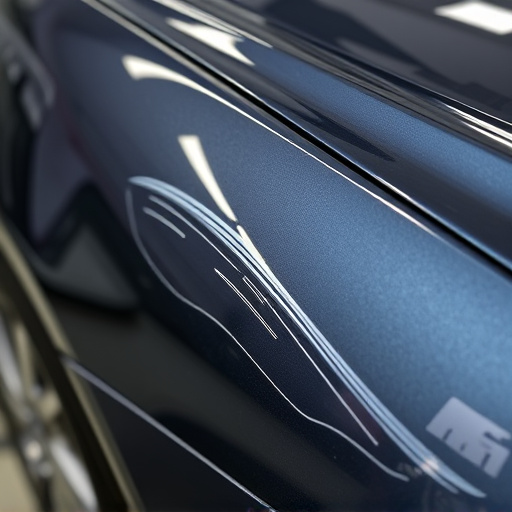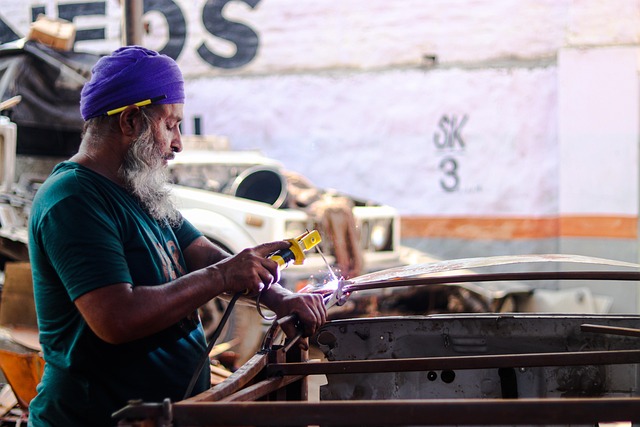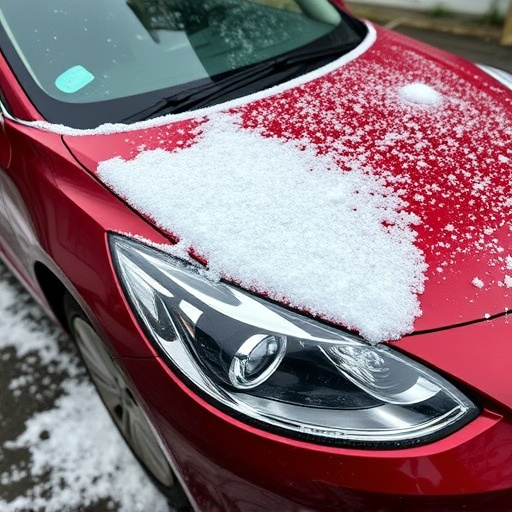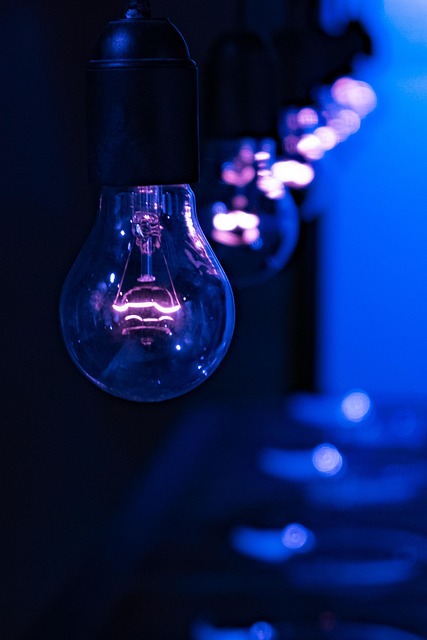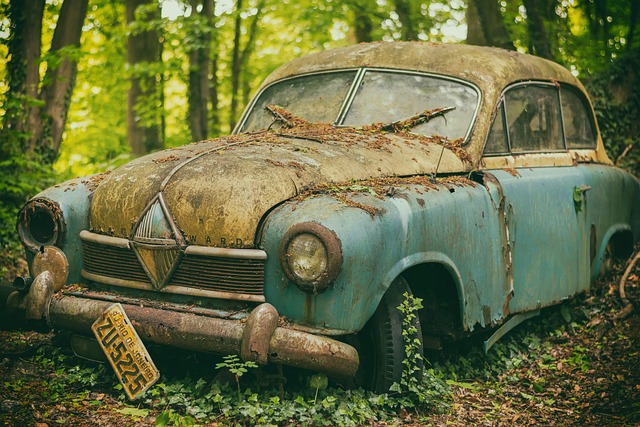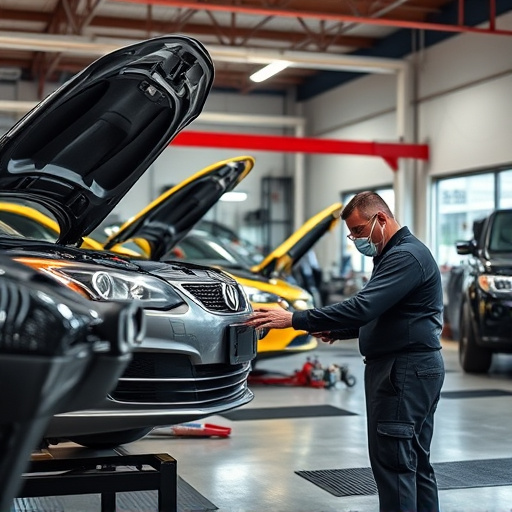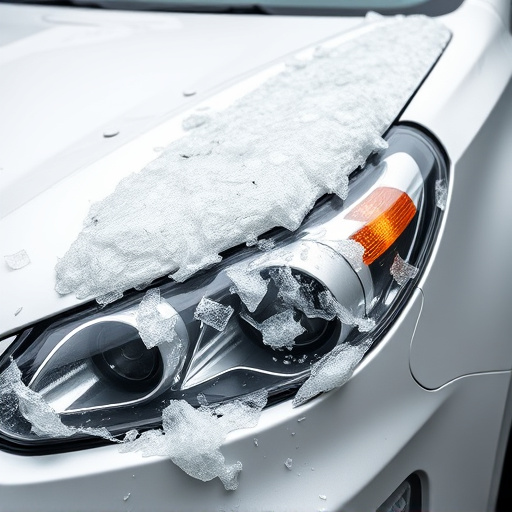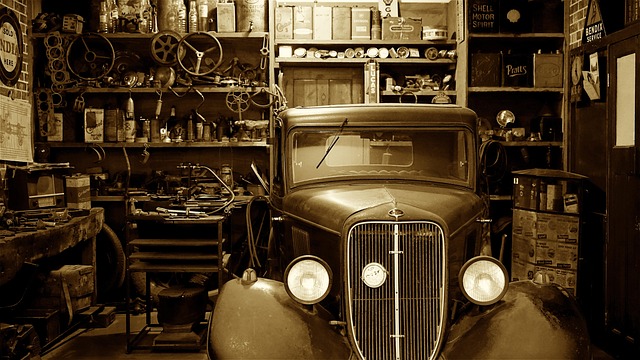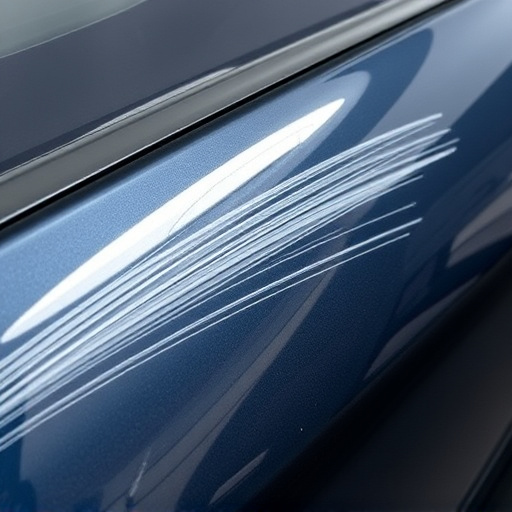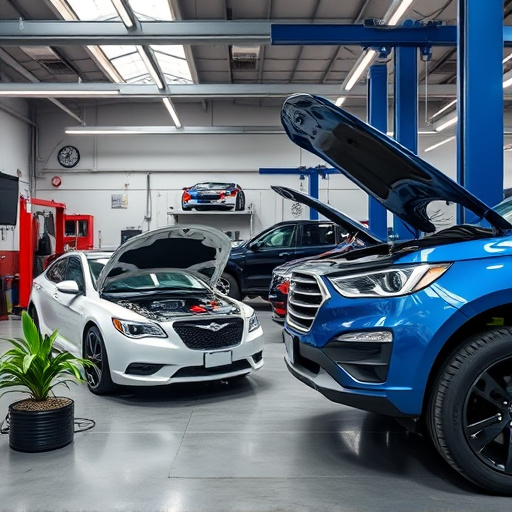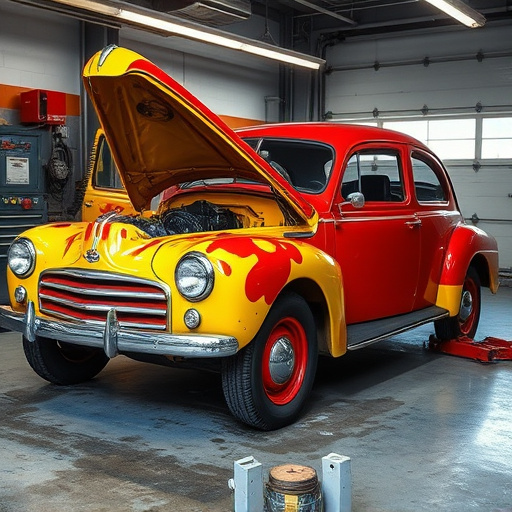Tesla black paint restoration requires specialized care due to its unique hybrid surface. Common contaminants like bird droppings and tree sap can etch into the paint, causing it to weaken and blister. Regular washing, quick cleanup, and prompt attention to damage are crucial. Reviving the finish involves careful cleaning with mild shampoo and specific restoration techniques, ranging from compound and polish systems to professional repair methods for severe cases.
“Unveil the secret to restoring your Tesla’s iconic black paintwork with our comprehensive guide. Delve into the unique characteristics and vulnerabilities of Tesla’s black paint, understanding its allure and the challenges it faces. Explore common contaminants that affect its glossy finish and learn effective restoration techniques tailored for this specific task. Discover proven methods to remove stubborn stains, restore depth and shine, ensuring your Tesla’s exterior regains its striking aesthetic appeal.”
- Understanding Tesla Black Paint Characteristics and Its Vulnerabilities
- Common Surface Contaminants on Tesla Black Paint: Identification and Causes
- Effective Restoration Techniques for Reviving Tesla Black Paint Finish
Understanding Tesla Black Paint Characteristics and Its Vulnerabilities
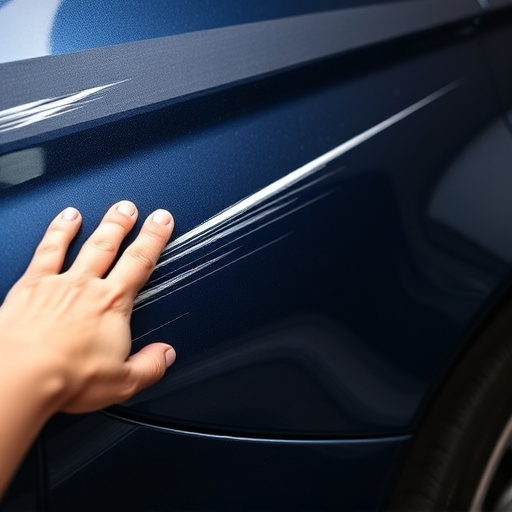
Tesla’s signature black paint is renowned for its sleek, sophisticated look—but it also has unique characteristics that require specialized care to maintain. Understanding the paint’s composition and vulnerabilities is key to effective Tesla black paint restoration. This paint job is not your typical matte finish; it’s often a hybrid between a flat and glossy surface, offering both aesthetic appeal and durability. However, this very dual-nature makes it susceptible to certain contaminants and damage.
Scratches, for instance, can be particularly visible due to the way light reflects off the black paint. While minor scratches might not impact the overall look, deeper ones can expose the underlying layers, leading to discoloration or even rust over time. Contaminants like bird droppings, tree sap, and acid rain also pose risks. These substances can etch into the paint, causing it to weaken and eventually blister or peel, especially if not addressed promptly. Thus, regular washing, quick cleanup of spills, and prompt attention to any damage are crucial in preserving the integrity—and deep black luster—of your Tesla’s finish, whether compared to a Mercedes Benz collision repair or a simple bumper repair.
Common Surface Contaminants on Tesla Black Paint: Identification and Causes
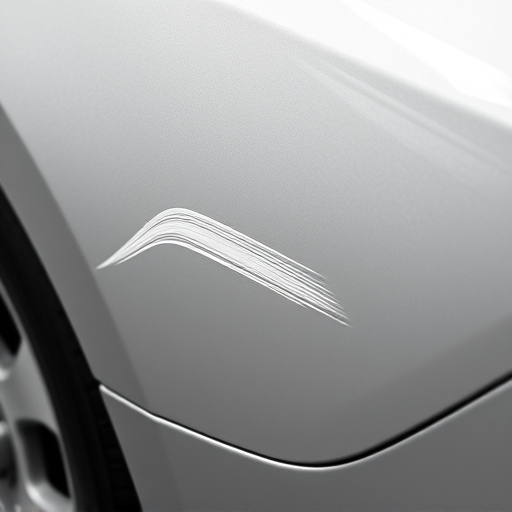
Tesla black paint, renowned for its sleek aesthetics, can often fall victim to various surface contaminants that diminish its luster. Identifying these contaminants is the first step in achieving a successful Tesla black paint restoration. Common culprits include bird droppings, tree sap, bugs, and smog residue—all of which can leave unappealing stains and etch marks. These substances adhere to the paint due to static electricity or simply sticking to its smooth surface.
The causes are multifaceted: exposure to the elements, poor parking practices (e.g., under trees), and proximity to heavily trafficked areas contribute to the accumulation of these contaminants. Moreover, certain regions with higher pollution levels can accelerate the build-up of smog residue, making regular cleaning and protection essential for maintaining the pristine condition of Tesla black paint.
Effective Restoration Techniques for Reviving Tesla Black Paint Finish
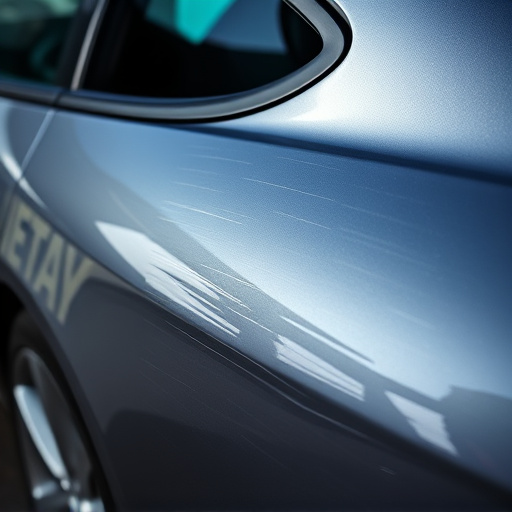
Reviving a Tesla’s black paint finish requires meticulous care and the right techniques to restore its original gloss and depth. The first step in effective Tesla black paint restoration is thorough cleaning. Start by washing the vehicle with a mild, pH-balanced car shampoo to remove surface dirt and grime. Avoid using harsh chemicals or abrasive wash mitts that can damage the paint. After washing, dry the car completely to prevent water spots from marring the finish.
For minor scratches and swirls, a compound and polish system is an excellent solution. Start with a mild compound to buff out lighter imperfections, then move to a more aggressive compound for deeper scratches. Always follow the manufacturer’s instructions for application and removal. Once the surface is smooth, apply a high-quality car polish to enhance the paint’s reflectivity and protect it from UV damage. For severe cases of frame straightening or auto body services required before restoration, professional repair techniques like panel replacement or metal resurfacing may be necessary to achieve a flawless finish.
Tesla black paint restoration is a meticulous process that requires understanding the unique characteristics of this glossy finish. By identifying common contaminants and employing effective restoration techniques, owners can revive their Tesla’s black paint, ensuring it retains its vibrant allure. This comprehensive guide equips individuals with the knowledge to navigate the restoration journey, resulting in a pristine and protected surface that stands the test of time.
